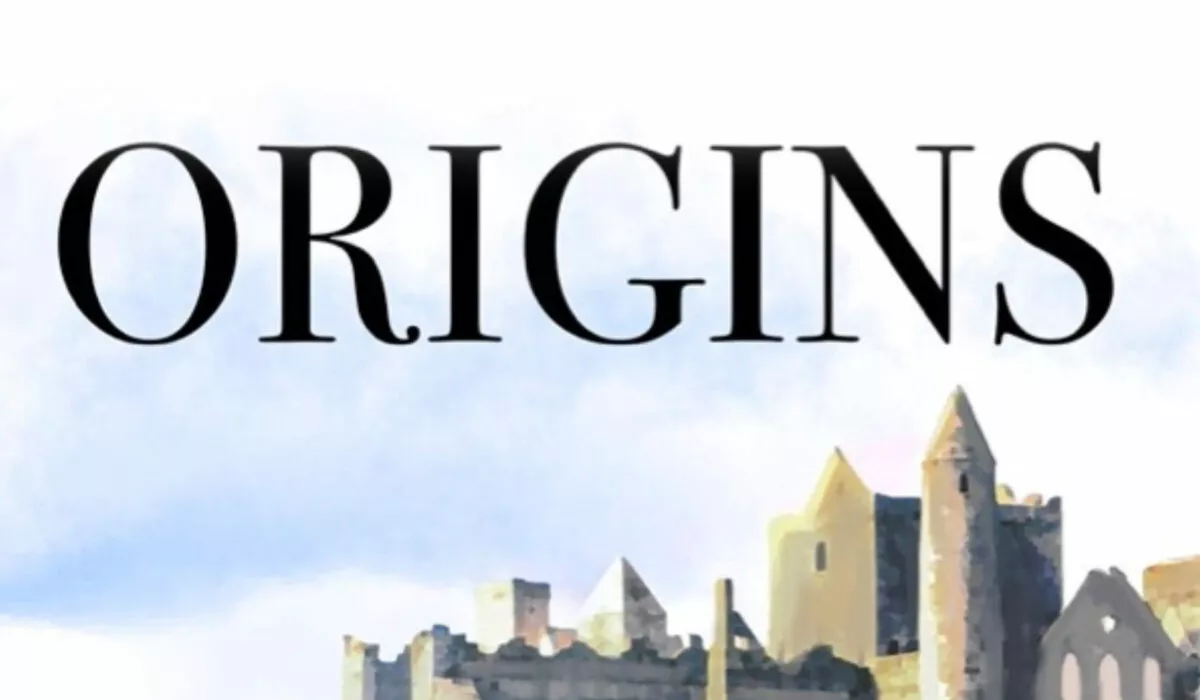Thinking
What was the cause of Ireland’s Rapid Economic Growth?
From 1994 – 2007, Ireland underwent the Celtic Tiger period, coined by Kevin Gardiner, which referred to the period of rapid economic development undergone by the Republic of Ireland. It was primarily fueled by foreign direct investment; however, it was also aided by many other factors. Experts are able to definitively state that by the end of 2007, in per capita purchasing power terms, the national output of the Republic of Ireland was estimated to be 10 percent higher than that of Western Europe, and about 20 percent higher than the EU. Undoubtedly the Celtic Tiger period was extremely beneficial for Ireland, however, the specifics surrounding why and how it occurred are discussed at length by many.
In January 1988, the Economist published an article titled ‘Poorest of the Rich ’alongside a survey of Ireland and a photo of a young girl begging on the side of a street. Below is an excerpt from the survey,
“Take a tiny, open, ex-peasant economy. Place it next door to a much larger one . . . Infuse it with a passionate desire to enjoy the same lifestyle . . . Inevitable result: extravagance, frustration, debt. Ireland today is bravely facing up to the consequences of a decade of borrowing to pay for better public services than its wealth justified. Its citizens, many of whom have already endured six years of stagnant real incomes, are just beginning to come to terms with the extent to which the country has to change . . . Its gross domestic product is a mere 64% of the European Community average.”
Just nine years later, the Republic of Ireland was the front cover of the Economist, labelled as ‘Europe’s Shining Light’,
“Just yesterday, it seems, Ireland was one of Europe’s poorest countries. Today it is as prosperous as the European average, and getting richer all the time.”
People are keen to attribute this success to the marked increase in labour productivity: the output per worker. During the Celtic Tiger period, the output per worker increased by almost one-half, managing to grow over 5 percent each year. This is in comparison to the one-third aggregate increase of those in the European Union.
The Tiger Economy:
Alongside a new sense of initiative, Historian R. F. Foster believed the entry of American companies such as Intel aided the economic boom. He elaborated that chief factors regarding this were the low taxation, a younger workforce, and pro-business regulatory policies. Companies and individuals warmed to the prospect of doing business in Ireland due to the generous governmental incentives, as well as the lucrative access to markets in the EU.
The low corporation tax rate in Ireland is credited by many economists: the rate of taxation varied from 10 percent to 12.5 percent through the late 1990s, and current successful Irish governments have pursued similar low-taxation policies.
Trade within the European Union:
Since joining the EU in 1973, the Republic of Ireland has received over 17 billion euros in EU Structural and Cohesion funds, which was used to increase investment in the education system and to build physical infrastructure. Ireland allocated 35 percent of the structural funds to human resource investments in this period, unlike other cohesion fund recipients who allocated considerably less. Prior to Ireland joining the EU, its trade had been predominantly with the United Kingdom, under terms that were far less agreeable than those after joining the EU.
Workforce:
During the period of the Celtic Tiger, the arrival of close to 300 high-tech industrial projects such as Microsoft, Dell, etc, was a major factor in explaining the growth of the economy. The introduction of these companies led to a fivefold increase in manufacturing output, trembling the volume of exports and virtually quadrupling the reported money value of the average industrial worker’s output. This was coupled with the expansion of the labour force; unemployed people, students, and women who were previously dependent upon another breadwinner for a stable income joined the workforce. Furthermore, a significant portion of people that had emigrated during the 1980s financial crisis returned back to rejoin the workforce. There was also a delayed baby-boom and children born prior to the 1980s were graduating out of the educational system.
The resources per-capita aided the increase of GDP in the Republic of Ireland as the proportion of workers to dependents was transformed. Prior to the economic revolution, every 100 workers had to support over 220 extra dependents through taxes or duty to their family members. When women and others joined the field there was a decrease in the number of dependents each worker had to support, therefore by 2001 the average worker was simultaneously producing 46 percent more output, and distributing this income amongst 28 percent fewer people, thus meaning that resources per head were doubled in the Celtic Tiger period.
Ireland benefited greatly from the Celtic Tiger period, however, it is of note that this era of prosperity was brought to a halt in the years of the 2008 Financial Crisis, in which Ireland was impacted negatively.
By Zahra, Sixth Form
This article is taken from student publication ‘Origins’ you can read the full magazine below.



